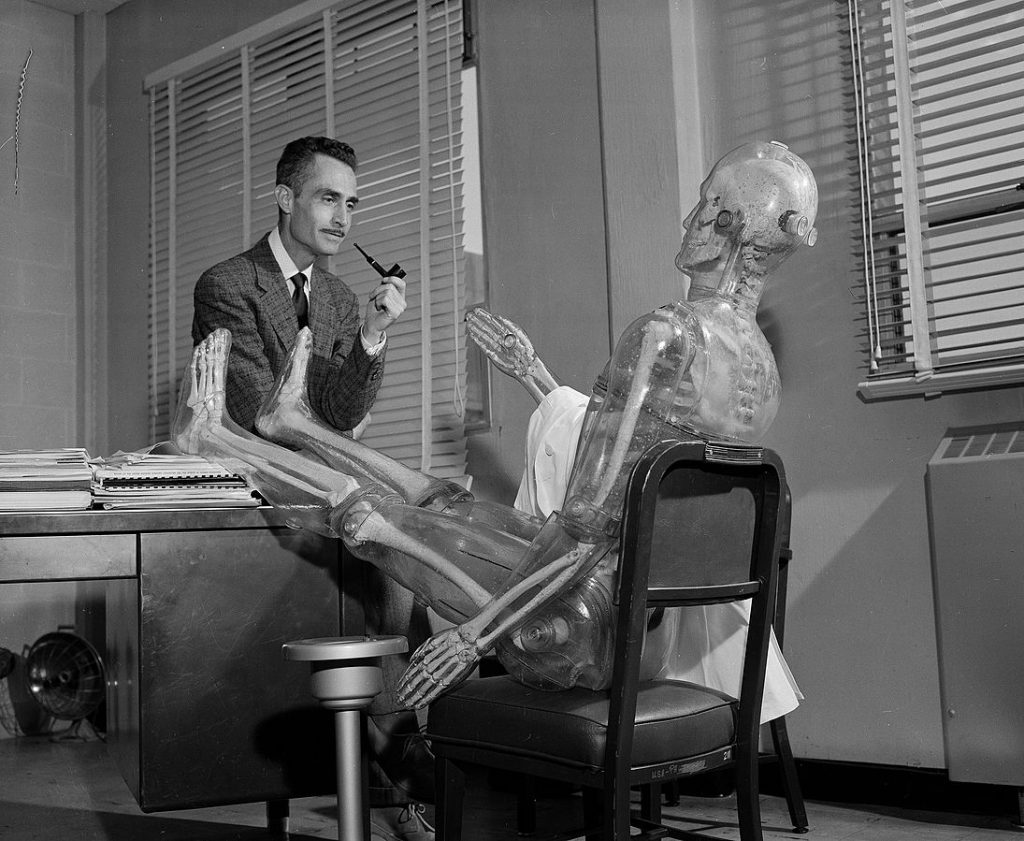Wright Langham was an American biochemist and one of the foremost experts on plutonium.
After completing his Ph.D. in Biochemistry at the University of Colorado, Langham joined the Manhattan Project at the Chicago Met Lab as a member of the Analytical Chemistry Group in 1943.
He moved to Los Alamos in 1944 to continue work in analytical chemistry as a Group Leader in the Biomedical Research Division. Langham held a central role in conducting research on the toxicity of plutonium. As a chemist, his studies largely concerned finding a way to measure the effects of radioactive materials on Manhattan Project workers. At the time, the health hazards of new elements such as plutonium and uranium on the human body were largely unknown. Human experimentation was carried out at Manhattan District facilities around the country that involved injecting patients with plutonium and uranium. Samples from Oak Ridge and Rochester were then shipped to Langham’s group at Los Alamos for analysis. Langham is credited with developing a method for determining the amount of plutonium in a biological sample. The standard model for relating body burden to short-term excretion rate is known as the “Langham” model today. The human experiments have been the subject of national controversy since their details were declassified beginning in the 1990s.
After the war was over, Langham also organized the biomedical research program at the Eniwetok nuclear tests in 1951. He travelled around the world, providing research assistance in both Greenland and Spain after radiation accidents. His wife Julie Langham Grilly also worked at LANL as a histology technician in the Health Division.
He died tragically in a plane crash, taking off from Albuquerque International Airport. The aircraft was chartered by the Los Alamos Scientific Laboratories.





